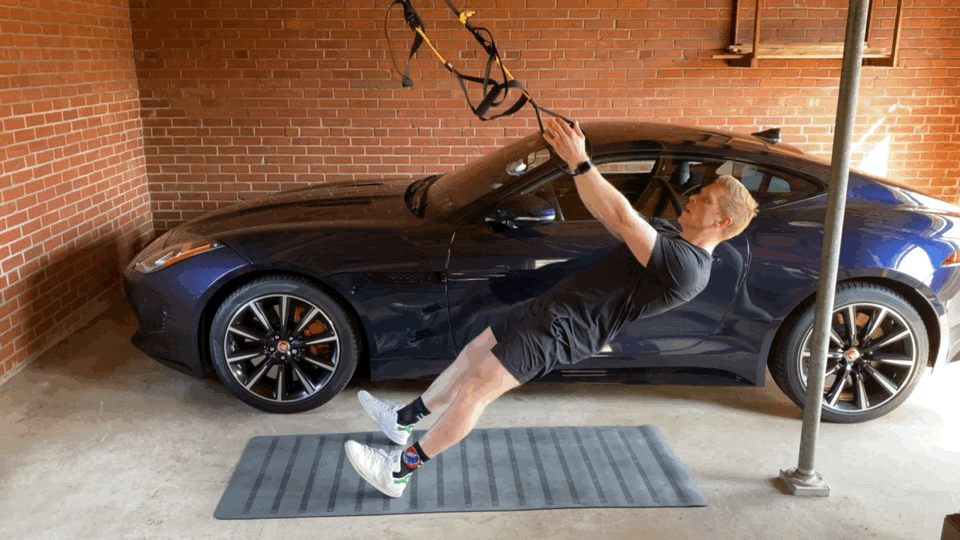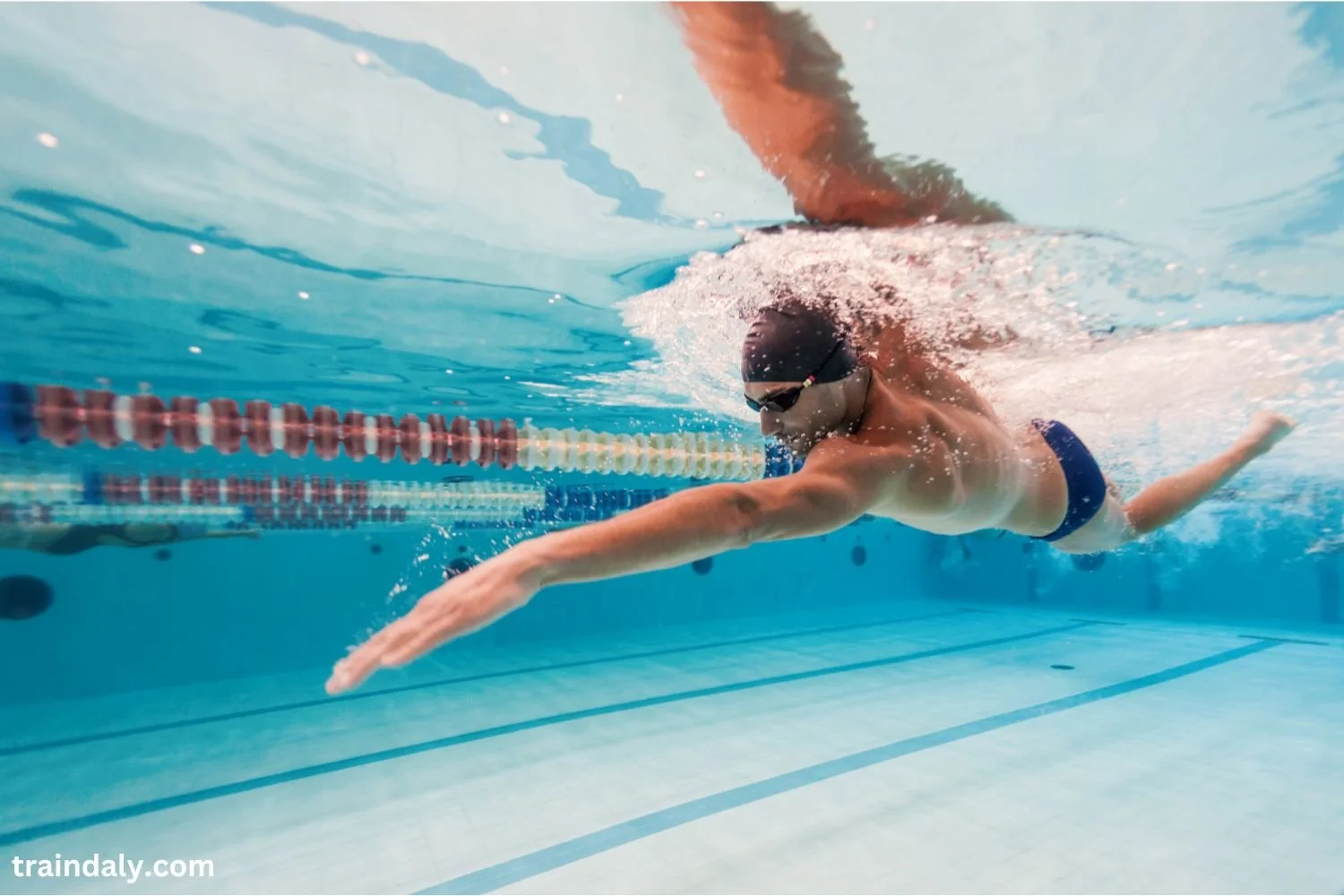Master Your Race Pace: How to Find (and Train) Your Ideal Swimming Speed
/Knowing your race pace—and how to train it—is what separates strong finishers from swimmers who fade halfway through a race. In this guide, Coach Dan Daly, CSCS, breaks down how to calculate your ideal pace, train it effectively, and adapt it for open water. Learn how stroke tempo, endurance sets, and data-driven tools can help you swim faster and more efficiently.
Read More








